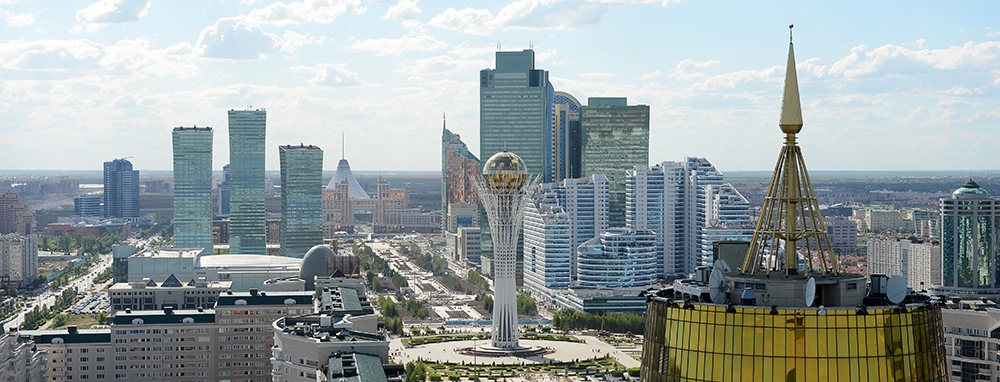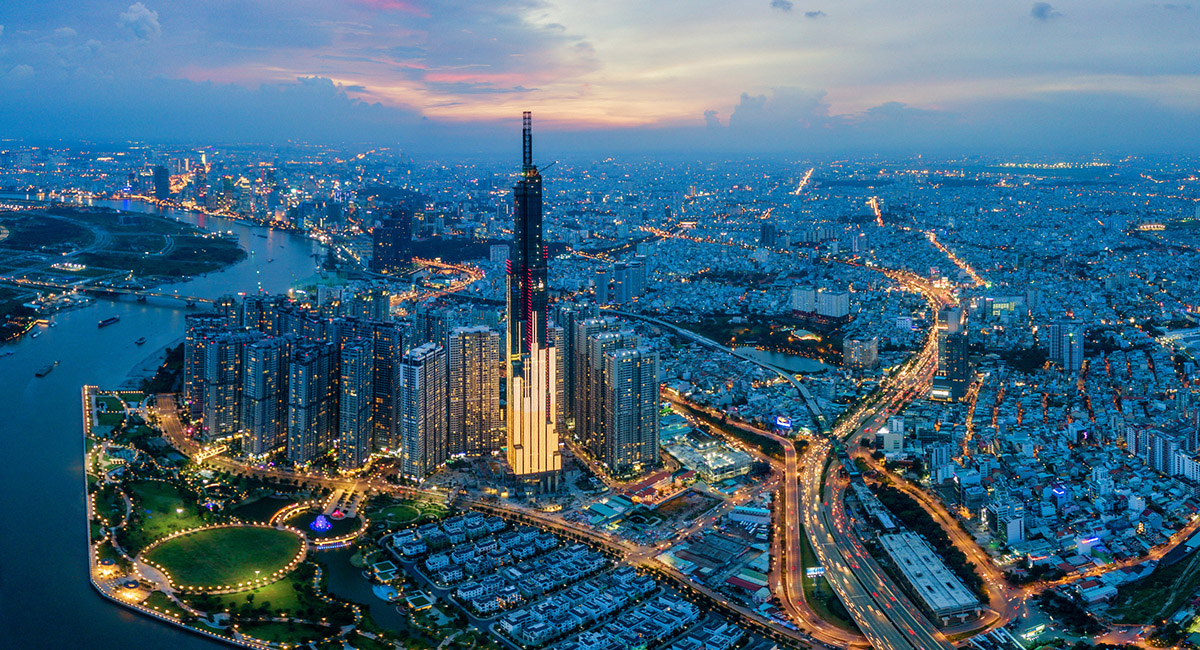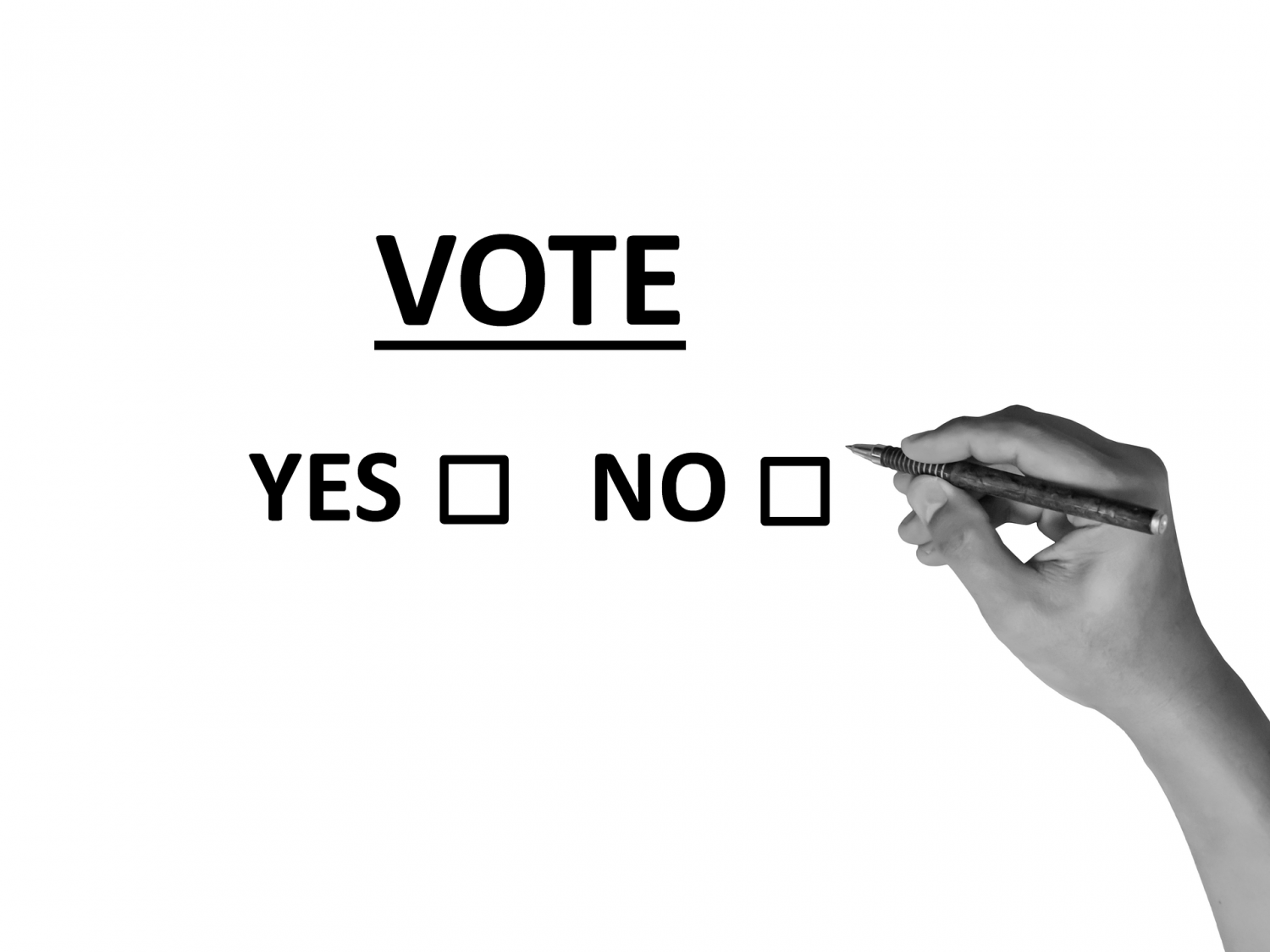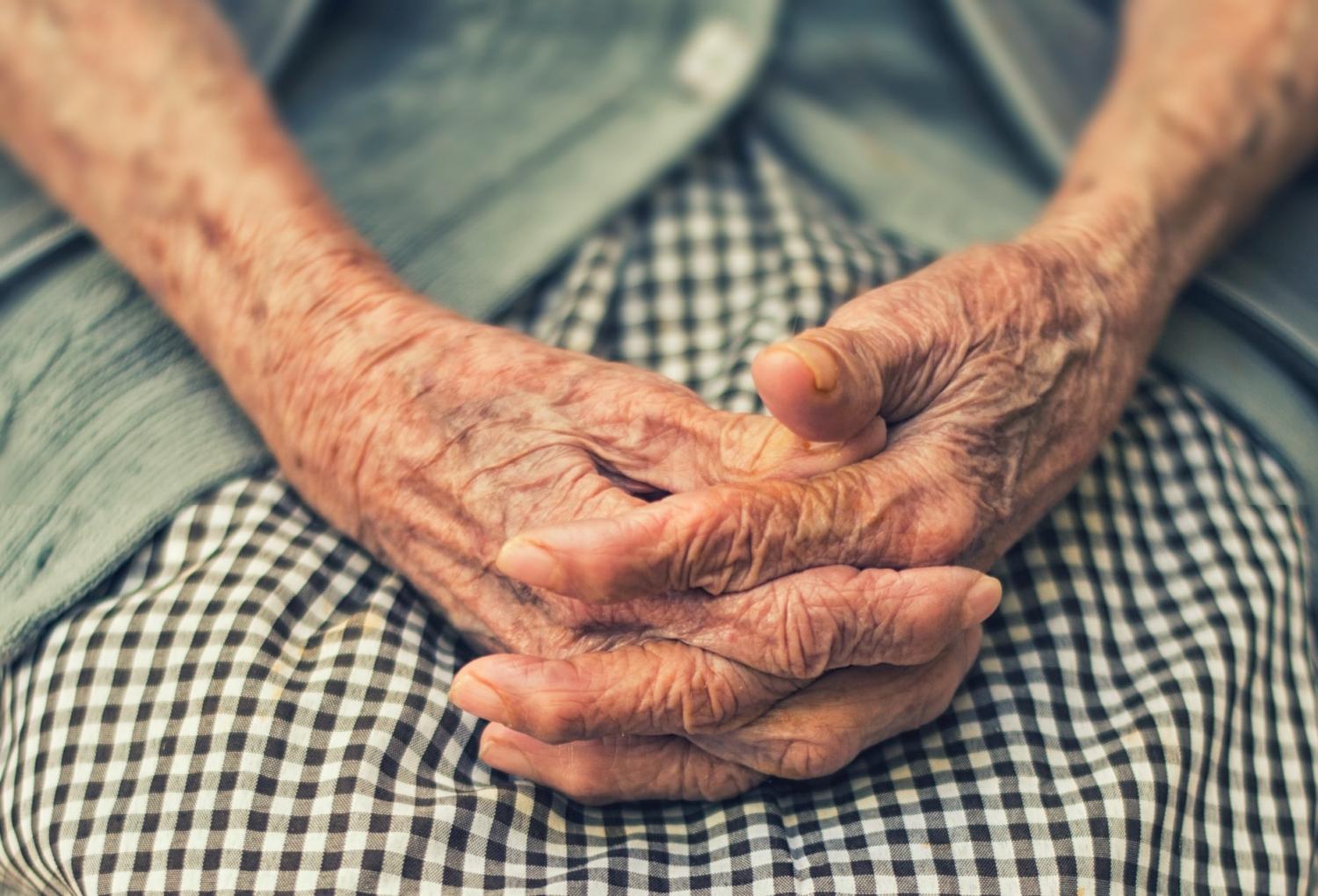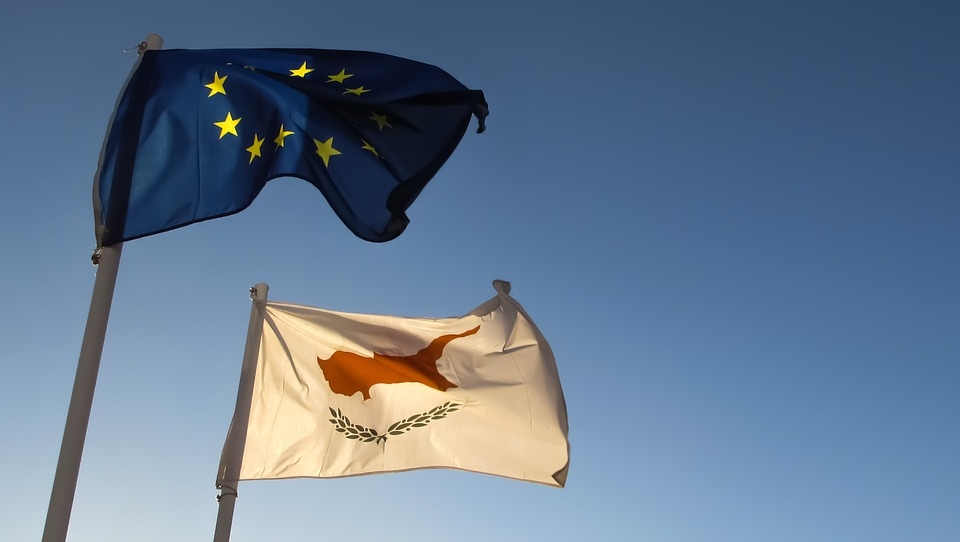
Cyprus – Two Solitudes
Setting politics aside, one is hard-pressed to find friendlier people or more breathtaking views than those on the island of Cyprus. This historic Mediterranean island is blessed with endless blue skies, turquoise waters and pristine sandy beaches. Cyprus is the legendary birthplace of Aphrodite, ancient Greek Goddess of Love. However, one would assume from its storied history that it was the birthplace of Ares, the God of War. Due to its geographical location, Cyprus has always been of strategic importance to world states. Over centuries, the island was occupied by many empires: the Assyrians, the Egyptians, the Persians, the Rashi dun and Umayyad Arab Caliphates, the Lusignans, the Venetians, the Crusaders, the English, and finally, the Ottomans.
Prior to the Ottomans’ rule, Cyprus had been a Greek-dominated island and was regarded as such by foreign rulers. Ottoman rule brought about a change, and a strong Turkish Cypriot minority presence has established itself on the island since. Maronite Arabs and Armenians who settled in Cyprus have mostly assimilated in the Greek Cypriot community, whereas Turkish Cypriots always distanced themselves from the Greek Cypriots and did not integrate. Cyprus’s current state of unrest is rooted in these historic ethnic tensions, but Cypriots stand unified in their desire to change.

Cyprus has been predominantly Greek in culture, language, and population for more than 3,000 years. As a result, Greek Cypriots have long favoured the idea of enosis which postulates that Cyprus and other islands close to Greece should become provinces of Greece.
In the years following World War II, Turkish Cypriots favoured the continuation of British rule. They feared enosis would lead to the expulsion of Turks from Cyprus, as had happened with the exodus of Cretan Turks from Crete in the 1950s. At one point, the Turkish government even declared that Cyprus was an “extension of Anatolia” and suggested the annexation of the whole island to Turkey. This position would later soften to supporting part of the island, as the Turkish government acknowledged that only 20 percent of the population was Turk-Cypriot, making annexation claims unachievable. Many Turkish Cypriots (and later, Turkey itself) supported Taksim—the partitioning of the island along ethnic and cultural lines. Turkish Cypriots consider themselves as a distinct ethnic group of the island and believe in their right to self-determination.
Negotiations were held between the Turks, Greeks, and British, and in 1960, the Republic of Cyprus was created with the premise that the “Cypriots” would be a free and self-governing people. The constitution for the new republic had two critical provisions which allowed for Greece, the United Kingdom, and Turkey to be set as guarantor states, meaning they would have the right to intervene whenever the republic was in jeopardy. Many features of the constitution protected the Turkish Cypriots, giving them various rights that Greeks thought to be disproportionate to their population. This was to prevent an absolute Greek rule (Greeks outnumbered Turks nearly 3 to 1) and to allow Turks to have a reasonable say in the country’s politics. In 1963, after only three years as a republic, the Greek Cypriot president and Archbishop Makarios introduced a plan called “13 points”, a set of amendments to change the constitution. Many Turks believed this was part of a larger Greek agenda to implement the “Akritas plan” to weaken Turkish Cypriot influence and slowly achieve enosis.
Turkish Cypriot representatives were furious and demanded a judicial ruling of the amendments. Although the amendments were declared unlawful, Makarios pushed on resulting in the Turkish Cypriot Vice-President Küçük and other representatives resigning. The vacated positions remain unfilled to this day. At this point, the Republic of Cyprus was over for Turkey. Makarios believed the changes would allow the government to operate more efficiently and bring together the communities by dissolving rigid interethnic legal boundaries. Tensions led to inter-communal violence, and on December 21, 1963, two Turkish Cypriots were killed in an incident involving the Greek Cypriot police. The brawl resulted in the deaths of 364 Turkish and 174 Greek Cypriots, the destruction of 109 Turkish Cypriot villages, and the displacement of 30,000 Turkish Cypriots. Large numbers of Turkish Cypriots moved out of ethnically mixed areas into villages and towns populated by their own race.
In an effort to calm the situation, the United Nations deployed peacekeeping operations (UNFICYP) in 1964, including a large contingent of Canadian troops who served on the island from 1964 to 1993. (The Canadian Armed Forces contingent in Cyprus varied in size from fewer than 500 to more than 1,100 personnel. In total, more than 25,000 Canadian Armed Forces members have served in Cyprus over the decades. Many of them served in Cyprus more than once, participating in several rotations).

Photo credit: Perthshire Picture Agency
The situation was tense for the UN peacekeepers. Quarrelling prevailed throughout the island and the UN troops were faced with maintaining the peace in a situation where many small groups of Turks lived among the larger Greek population. A fragile balance was reached and maintained for 10 years, but this was jettisoned in 1974 with a coup d’état by Greek Cypriots who wanted the island to become a part of Greece. In response, Turkish forces invaded the island and took control of the northern part of Cyprus. Canadians and other UN peacekeepers suddenly found themselves in the middle of a war zone where there were little stability and much violence. After several weeks of active fighting, three Canadian deaths, and 17 injured individuals, a cease-fire was negotiated. The UN established the famous 180 kilometre-long “Green Line.” This cease-fire line and buffer zone stretched across Cyprus and separated the portions of the island controlled by the Greeks and the Turks. UN peacekeeping forces patrolled this uneasy buffer zone which was only several metres wide in some places. Every small movement was a potential trigger: the movement of a single sandbag along the buffer zone could cause a hail of gunfire along the Green Line. More than 160 UN personnel from different countries have died in the course of the peace efforts in Cyprus, 28 of whom were Canadian peacekeepers.
President Makarios did not succeed in reassuring the Turkish Cypriots that they were safe in an independent Cyprus, nor had he convinced the Greek Cypriots that independence was a satisfactory alternative to assimilation within a Greater Greece. In 1968, he sought and received a new mandate to lead an independent Cyprus. The Cyprus problem could not be solved by force, he said; instead, it had to be worked out within the framework of the UN. He upset many Greeks when he declared that he and his followers wanted to live peacefully in a unitary state in Cyprus where all citizens enjoyed equal rights. A year earlier, a military junta had seized power in Athens and had been undermining his authority in Cyprus by supporting Greek paramilitary organizations that stood firmly against the idea of enosis. However, Makarios had become a popular leader in Cyprus. On May 3, 1974, he sent the Greek government a letter accusing certain Greek military officers stationed in Cyprus of undermining the Cypriot government. The Greek regime responded that it would immediately replace the officers in question. In June 1974, Makarios challenged Colonel Dimitrios Ioannidis, brutal head of military security and de facto military leaders of Greece—the very one who had executed the coup d’état against the democratic government in Greece in 1973. Makarios demanded the withdrawal of all Greek officers from Cyprus by July 20,1974.
Five days before his deadline, Ioannides took Makarios by surprise by organizing yet another coup d’état against his government. Makarios fled Cyprus and coup forces took control of Cyprus under the puppet leadership of Nikos Sampson, a Cypriot newspaper editor and politician. Makarios denounced the coup as an “invasion” engineered by the Greek military junta, which “violated the internal peace of Cyprus”. On the 20th of July 1974, Turkish forces occupied Northern Cyprus to protect the Turkish Cypriot community. Nikos Sampson’s presidency was short-lived, as the regime of the “invisible dictator” Ioannides in Athens collapsed only a few days after the Turkish invasion as a result of its failure to predict the Turkish invasion and intervene militarily in the war of Cyprus. In Nicosia, the new President Glafkos Clerides assumed the office and constitutional order was restored, removing the pretext for the Turkish invasion. But after the peace negotiations in Geneva, the Turkish government reinforced their positions with a second invasion on August 14, resulting in the seizure of Morphou, Karpass, Famagusta and the Mesaoria. The Turkish invasion was necessary and understandable given the situation: they didn’t want Greece to annex Cyprus and they were obligated to protect Turkish Cypriots on the island. It was not in Turkey’s interests to have Greek Cypriots as the sole rulers of Cyprus.

Photo credit: Orlando Fernandez
International pressure eventually led to a ceasefire, but by that point 36 percent of the island had been taken over by the Turks and 180,000 Greek Cypriots had been evicted from their homes in the north. At the same time, around 50,000 Turkish Cypriots were displaced to the north and settled in the properties of the evicted Greek Cypriots. Several countries (including the United States) placed sanctions against Turkey, and in the mid-70s, the US Congress imposed an arms embargo on Turkey for using American-supplied equipment during the Turkish invasion. There were 1,534 Greek Cypriots and 502 Turkish Cypriots missing as a result of the fighting. President Makarios remained in London for five months to secure international recognition that he was the rightful government of the whole island, and once that was settled, he returned to Cyprus and focused on restoring Cypriot territorial integrity. Despite his efforts, he failed. Turkey has remained as an occupying power ever since, with the political, military and diplomatic status of the island unresolved.
In 1983, the Turkish Cypriot leader proclaimed the Turkish Republic of Northern Cyprus (TRNC), which was recognized only by Turkey. Since then, Northern Cyprus has been under severe international embargos which have been supported by the policy of the United Nations and the European Union and were recently reinforced by a 1994 European Court of Justice decision. In 1992, a group of Greek Cypriot citrus producers sued the British Ministry of Agriculture, and the case was referred to the European Court of Justice. The ECJ ruled against the acceptance of Turkish Cypriot goods, resulting in an embargo against Northern Cyprus. The decision was criticized, as it seemed that the ECJ had interfered in matters beyond its scope. Initiating an embargo should only be imposed by political bodies. The decision also meant Turkish Cypriot goods would be charged an additional duty of at least 14 percent, and cargoes were immediately turned back from European countries, dealing a harsh blow to the Turkish Cypriot economy.
Due to this decision and other policies, many organizations refused to deal with the Turkish Cypriot community including the International Civil Aviation Organization, the Universal Postal Union and the International Air Transport Association. The economic embargo was greatly exacerbated upon the ruling of the ECJ in 1994 when the food certificates issued by Northern Cyprus were deemed unacceptable for the European Union. Exports and flights from Northern Cyprus take place through Turkey, with direct flights being banned internationally. Turkish Cypriots face embargoes in sports and culture as well—Turkish Cypriot teams cannot play international matches.
The Turkish invasion, the ensuing occupation, and the Declaration of Independence by the TRNC have been condemned by United Nations resolutions and are reaffirmed by the Security Council every year. In 2004, then UN Secretary General, Kofi Annan orchestrated a referendum in both Northern Cyprus and the Republic of Cyprus to attempt to resolve the Cyprus problem. 65 percent of Turkish Cypriots voted in support of the plan and 74 percent of Greek Cypriots voted against the plan, claiming that it disproportionately favoured the Turkish side. In total, 66.7 percent of the voters rejected the proposal. In May 2004, Cyprus joined the European Union, together with nine other countries. EU legislation forbade Northern Cyprus from being part of the EU until a final settlement of the Cyprus problem. For the Turks and Turkish Cypriots, this seemed like a punitive economic measure against the minority people on the Island. In the immediate years after joining the EU, Greek Cypriots experienced a boost in their economy and investments while the North was shut out and penalized. Despite the economic penalties and sanctions, Turkish Cypriots have managed to develop a steady economic infrastructure for their people.
The Turkish invasion of Cyprus in 1974 partitioned the island into two political areas: 99.5 percent of Greek Cypriots now live in the Republic of Cyprus, while 98.7 percent of Turkish Cypriots live in Northern Cyprus. Cyprus is partitioned in the South as a Republic which accounts for 59 percent of the island, while the North is administered by the self-declared Turkish Republic of Northern Cyprus. This area is officially recognized only by Turkey. The international community still considers the northern region as a part of the Republic of Cyprus which is occupied by Turkish forces. Greek is the predominant language in the South and Turkish is the language in the North, but English is the unifying language across the island. The majority of Greek Cypriots are members of the Greek Orthodox Church of Cyprus while the majority of Turkish Cypriots adhere to Sunni Islam. In 2001, the population of Cyprus was 77 percent Greek Cypriots, 18 percent Turkish and 5 percent other, with about 10,500 people of Russian heritage. According to the 2018 census, the population of Cyprus was estimated at 1.19 million. Approximately 500,000 people live in the North, half of whom are Turkish settlers or Cypriot-born children of settlers. Cyprus is also home to about 110,000 foreign permanent residents and between 10,000 and 30,000 undocumented illegal immigrants. Nicosia remains the capital and is divided into two parts: the North (population 61,000) and the South (population 55,000). Before the current dispute started in 1964, the peoples of Cyprus otherwise known as Cypriots (including Greek, Turkish, Armenians, and Maronites) were dispersed over the entire island.

Today, Cyprus exists in a state of two solitudes. The new generation of Cypriots—both Greeks and Turks—are on a quest to end the decades-old geopolitical dispute that has divided the island
along religious, ethnic, economic and political lines. The goal is to develop a Cyprus where Greeks and Turks peacefully co-exist and ensure their island nation is prosperous for all inhabitants: present and future. Efforts have been made to enhance freedom of movement between the two sides. In April 2003, Northern Cyprus unilaterally eased border restrictions, permitting Cypriots to cross between the two sides for the first time in 30 years. In March 2008, a wall that had stood for decades at the boundary between the Republic of Cyprus and the UN buffer zone was demolished. The wall had cut across Ledra Street in the heart of Nicosia and was seen as a strong symbol of the island’s 32-year division. On April 3, 2008, Ledra Street was reopened in the presence of both Greek and Turkish. Cypriot officials from the North and South relaunched reunification talks on May 15, 2015—they have made slow progress, but it’s more than no progress at all.
An accord reunifying ethnically split Cyprus could be a bonanza for Cypriots. This would open the possibility for a massive discovery of gas off the coast of Cyprus, which could be exported to markets through neighbouring Turkey’s existing pipeline network. Turkish Cypriot President Mustafa Akıncı said Turkey believes this is a cheaper, faster and more logical route to markets for Cypriot gas resources, but he added the caveat—a Cypriot peace deal must precede any such plans. “Everybody could win from this,” he told reporters last year.
The European Union funded a feasibility study on the proposed East Med pipeline that has the backing of Israel, Greek Cyprus, Greece, and Italy. ExxonMobil is planning exploratory drilling off Cyprus this year. Turkey is against Greek government development of the resource in the internationally recognized south, saying it infringes on the Turkish Cypriots’ rights to the island’s natural resources. The Greek Cypriot government says drilling is its sovereign right and any potential mineral wealth will be shared equitably with all Cypriot citizens after reunification. President Akıncı has said he is open to discussing a proposal by the island nation’s Greek Cypriot president, as this would allow for a more decentralized federal government and a peace agreement that would grant more authority to the Greek Cypriot and Turkish Cypriot zones. Greek Cypriot President Nicos Anastasiades has declared that a peace deal could be possible by reducing the number of federal responsibilities where disagreement could lead to deadlock.
Turkish Cypriots are demanding “effective participation” in federal decision-making. Despite the failures of past efforts, 2019 brings optimism for a new beginning. Cyprus has successfully attracted economic investment in the South and the North and diversified its agrarian economy. It has also moved heavily into the service economy, including a large tourism sector, financial and banking services, light manufacturing and it is on the cusp of a possible windfall in the resource sector. The only thing stopping Cyprus from becoming the most successful island state in the world is the Cypriots themselves. The Turks have made no aggressive military moves against the Greeks in three decades, and they have held their position and been very consistent in their position on Cyprus. That position, in principle, is not in conflict with the principles agreed to in the 1960 constitution. A new deal would benefit all the Cypriots while also paying great dividends for both Greece and Turkey. The issue now is whether or not the Greeks can see what Greek Cypriot President Makarios recognized decades ago: a confederation between Northern Turkish Cypriots and Southern Greek Cypriots—a unified Cyprus—is in everyone’s interest.
Que sera sera.

